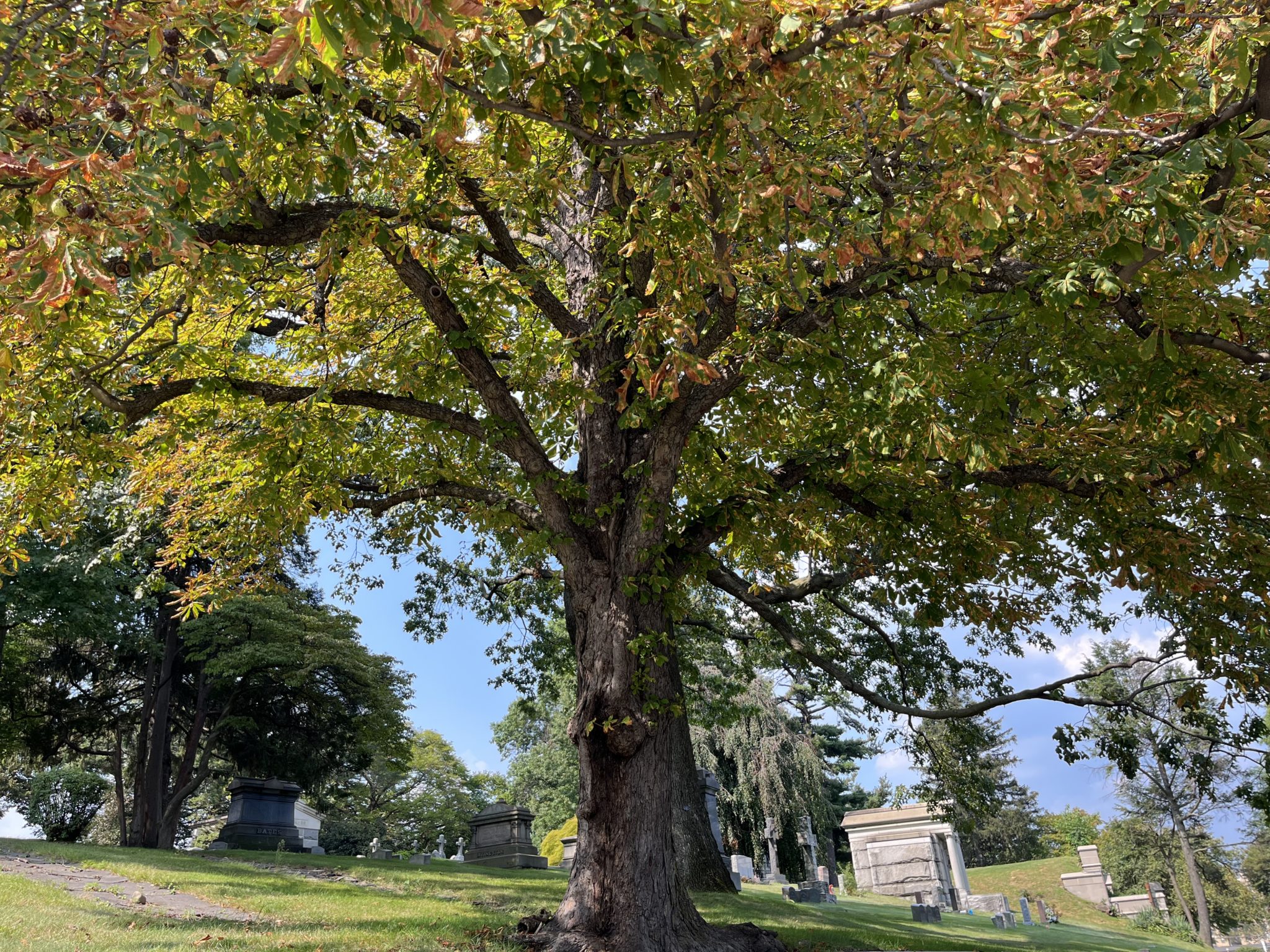
A tree native to parts of Southeastern Europe, the horse chestnut (Aesculus hippocastanum) produces spiny-shelled fruits containing seeds (conkers). With its striking flowers, the horse chestnut is prized for its aesthetic value as an amenity tree. A large, handsome element in any landscape, the flowering horse chestnut, with its mahogany-bright conkers, are the very essence of autumn. But be careful–while easily mistaken for cultivated or wild sweet chestnuts, which are edible, horse chestnuts are toxic.
The horse chestnut tree is often considered a spiritual symbol of strength. Owing to its grandeur and beautiful blossoms, the tree is perceived to embody power and fertility. The seeds of this wonderful, autumnal tree symbolize potential and hidden treasures as they bear the life force capable of generating a whole new tree. Additionally, the horse chestnut’s sturdy, many-ribbed boughs and thick buds make it a symbol of resilience.
The horse chestnut is also associated with the traditional children’s game of conkers. The basic idea of this game is to strike your opponent’s conker and try to break it, making your conker the victor. The game takes its name from the tree’s fallen spiky fruits. For this reason, the horse chestnut symbolizes playfulness, nostalgia, and the feeling of being together with loved ones.
